OS X Yosemite — the next version of Apple's venerable desktop operating system — will bring a major visual overhaul to OS X for the first time in the software's history. AppleInsider takes a look at some of the changes coming this fall.
First impressions
Overall, OS X Yosemite sits in an uncanny valley between its more detailed heritage and the spartan adornment of iOS under Jony Ive. Some icons have an odd mix of flat and three-dimensional elements, for instance, and new form control animations — such as the new slide/blink combination when switching radio buttons — are slow and give an impression of lag in the operating system.
This is not particularly surprising, given the huge amount of baggage OS X carries and the monumental task of rebuilding the entire user experience of two flagship operating systems back to back, but the Apple human interface group has a long road ahead.
Finder
Finder maintains a familiar layout, but all of the icons and controls have been redesigned. Icons are slightly thinner and sharper, while controls are now a stark white-grey gradient. The side bar and toolbar are now translucent, allowing the background to show through.
Spotlight
Spotlight has been given the most radical makeover. No longer confined to its spot in the upper-right corner of the display, it will now show up as a translucent overlay in the middle of the screen. It also gains a built-in preview pane, making searching much easier.
Dock
The dock eschews the recent three-dimensionality and returns to its flat roots. The icons for default apps have been reimagined, but many of them retain elements of depth, unlike their more stark iOS counterparts.
Notification Center
Notification Center is now far more information-dense than it was in the past, and migrating widgets from the dashboard — which still exists in the early Yosemite previews — to Notification Center looks to be a welcome change. Notably, Notification Center is by far the most iOS-like design on the desktop, with virtually zero depth.
Safari
Much of Safari's functionality remains the same, but it comes in a far more compact layout. The favorites bar dropdown is jarring, and Apple would be wise to give users the option to disable it.
Notes & Reminders
Notes maintains its faux paper background, a glaring anomaly in the larger design concept, while Reminders now matches its iOS counterpart. Strangely, the Notes sidebar is not translucent — the Reminders sidebar is — and it remains to be seen whether this was a conscious choice or a mistake.
 AppleInsider Staff
AppleInsider Staff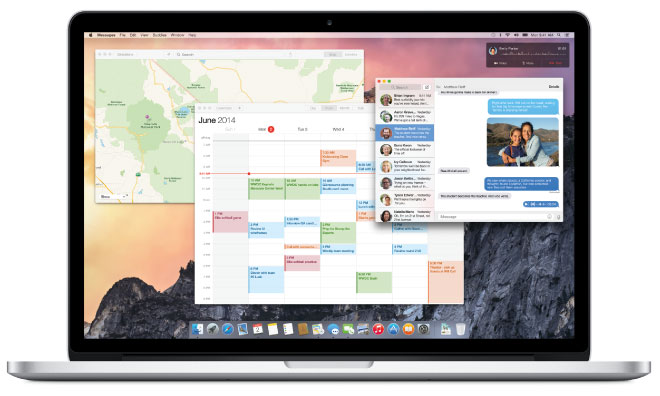
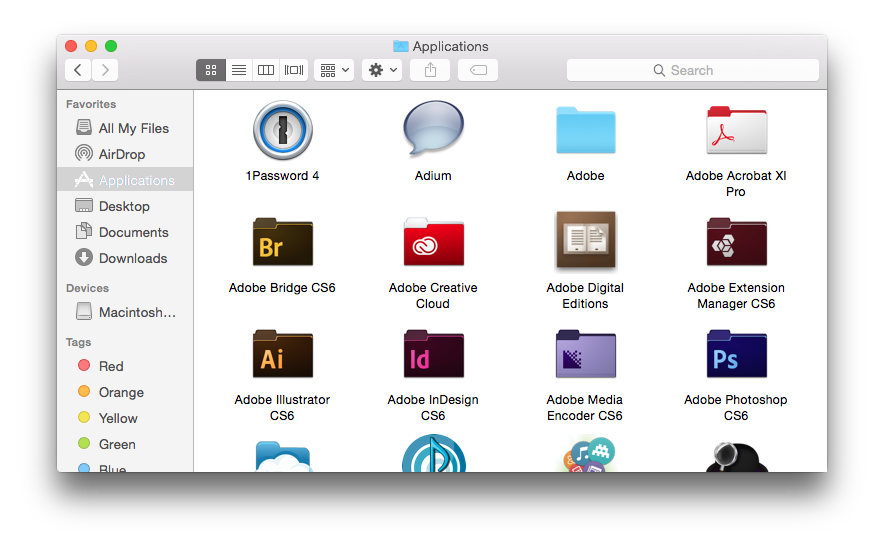
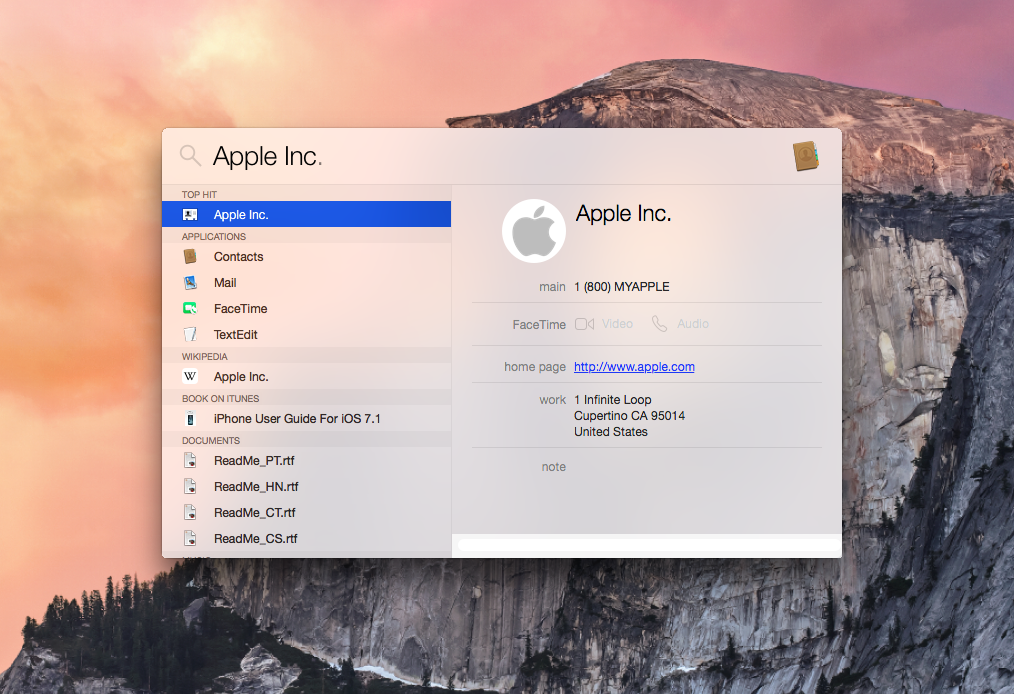


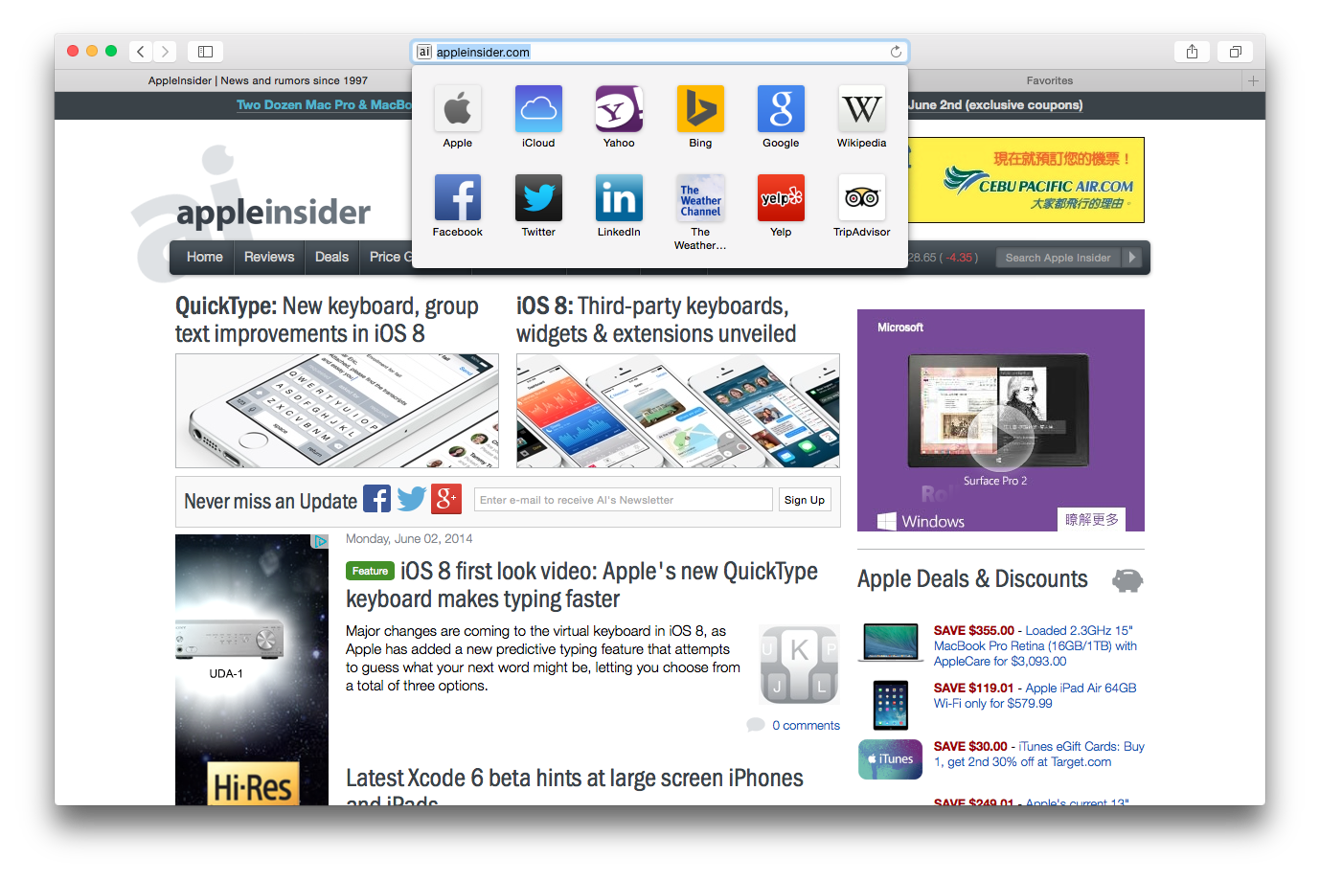




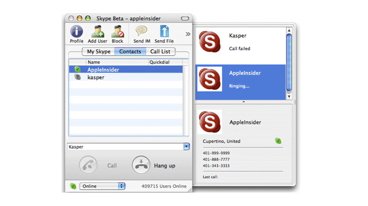



-m.jpg)





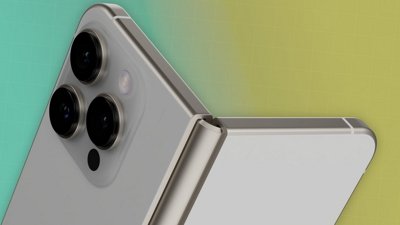
 Malcolm Owen
Malcolm Owen
 Amber Neely
Amber Neely
 Andrew Orr
Andrew Orr
 William Gallagher
William Gallagher
 Christine McKee
Christine McKee
 Sponsored Content
Sponsored Content
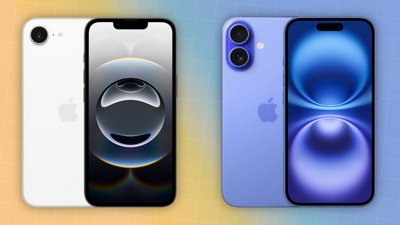

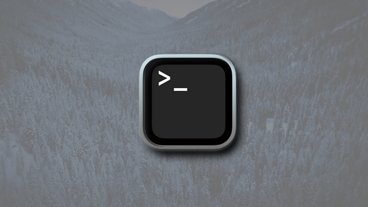



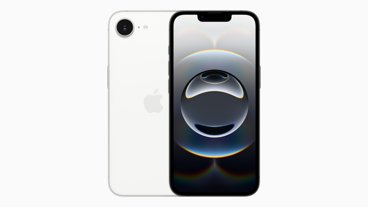




168 Comments
I like it. Really not a huge change- the most noticeable thing to me is the removal of the 3D dock- the icons are modest changes to say the least. People comparing this to windows 8 need their eyes checked. The only icons that changed to bolder colors are notes (tiny strip of bright yellow at top) and iTunes (going from Blue to red). Outside of that, id love to hear detail about those outlandish claims of looking like Windows- which we won't have. Trolls just use blanket statements. I do think they should have kept the same icons across the board for both iOS and OSX. Not sure why there is a difference. Can't help but think of that moron in the other thread that said their round icons copied samsung tizen. Nothing changed to round. :\ Some people are blinded regardless of what the truth is...
I like that the translucency is across the board now, instead of just being in iOS. Someone was commenting that it's like Aero returned, just in a different OS. Personally I think Apple's implementation is better than Aero, but either way it's nice to have. As for the dock...I have the same thing on my PowerBook running Tiger. :D
I'm impartial about the UI color schemes. I like the lighter colors, lighter buttons, and starker contrast of color with it, but I find it kind of weird that the sidebars of apps are slightly transparent (like in Finder) and transparencies are laid seemingly randomly on top of each other... almost to "just do it". But as I have yet to use it in person because DP1's are normally terrible and I'm not willing to sacrifice my stable OS X for iOS 8 dev yet, I'm sure I'll have a stronger feeling (either positive or negative, I'm leaving room for either) towards it after a little playing around.
Overall, though, Yosemite will be ballin' in terms of the underlying components built into it.
I'm sure animation speeds and currently inconsistent UI features such as the non-translucent sidebar in Notes will be dealt with before the final release.
Overall I like it - especially the more compact title/toolbars on some apps - again I hope this extends to all the apps where this makes sense.
But the bookmarks feature in Safari really should move to a tool icon alongside the location bar.
I really did not like the new OS X. But will be migrating.
The color contrast is sharp against the too much WHITE quotient of the entire OS and its hurting eyes.
May be, I will run in poweruser mode.
Does Power user mode make windows look like HUD Windows? Or just the menus turn to Black?
SNOW LEOPARD: still the best. I am still young (?) but still dont like the new colory colory peppy themes. :/
Just look at the below screenshot, its just cool and gentle.
Of all, what I liked yesterday was the tight integration (correct word?) of Desktop OS with mobile OS. I am really happy that Apple is very keen on that and is making it. Great going. No other major company is doing it. (Microsoft has single OS for both mobile and Desktop OS, but still that is not right and relevant)